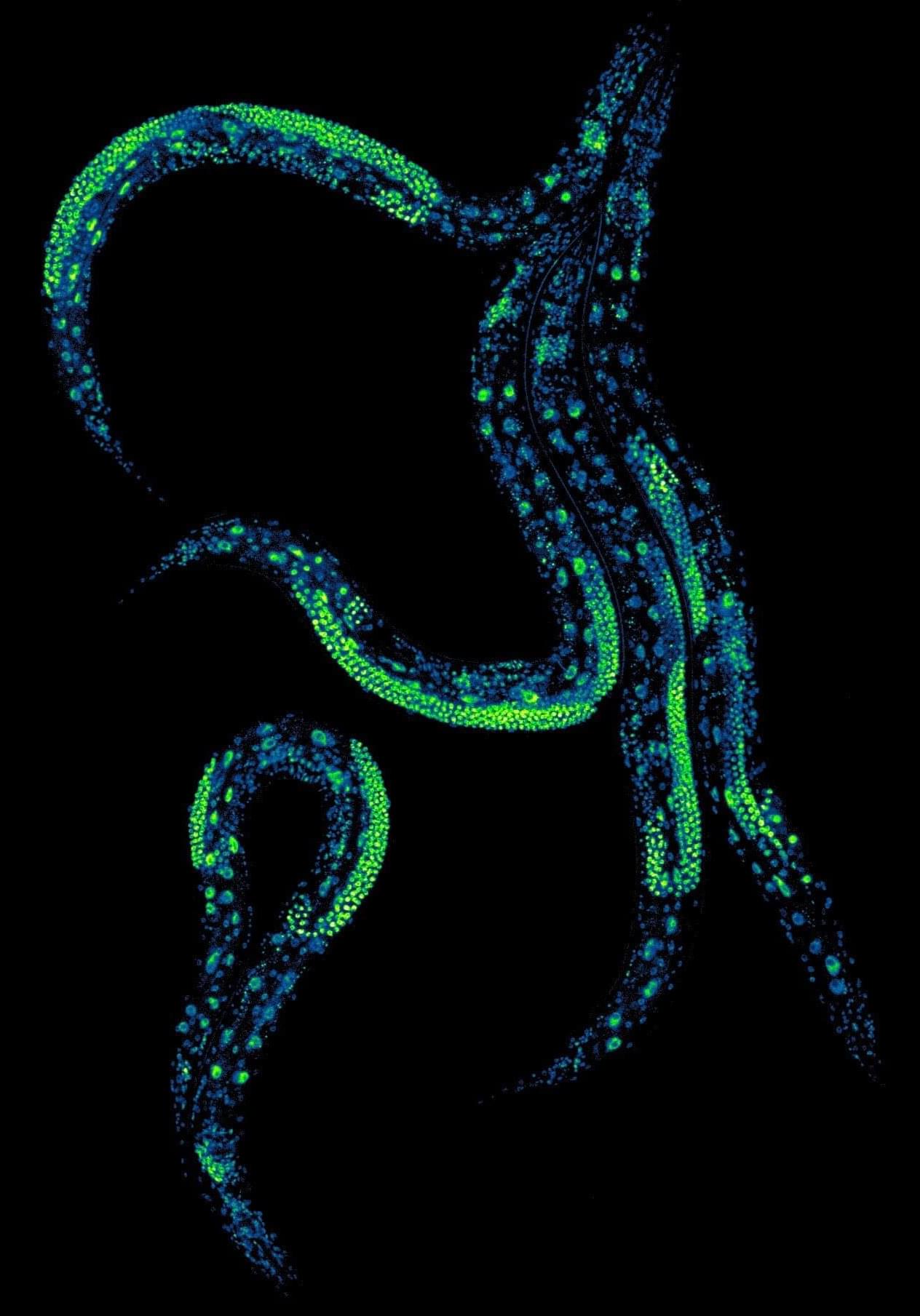A collaborative team has achieved the first monolithic 3D chip built in a U.S. foundry, delivering the densest 3D chip wiring and order-of-magnitude speed gains.
Engineers at Stanford University, Carnegie Mellon University, University of Pennsylvania, and the Massachusetts Institute of Technology have collaborated with SkyWater Technology, the largest exclusively U.S.-based pure-play semiconductor foundry, to develop a novel multilayer computer chip whose architecture could help usher in a new era of AI hardware and domestic semiconductor innovation.
Unlike today’s largely flat, 2D chips, the new prototype’s key ultra-thin components rise like stories in a tall building, with vertical wiring acting like numerous high-speed elevators that enable fast, massive data movement. Its record-setting density of vertical connections and carefully interwoven mix of memory and computing units help the chip bypass the bottlenecks that have long slowed improvement in flat designs. In hardware tests and simulations, the new 3D chip outperforms 2D chips by roughly an order of magnitude.








